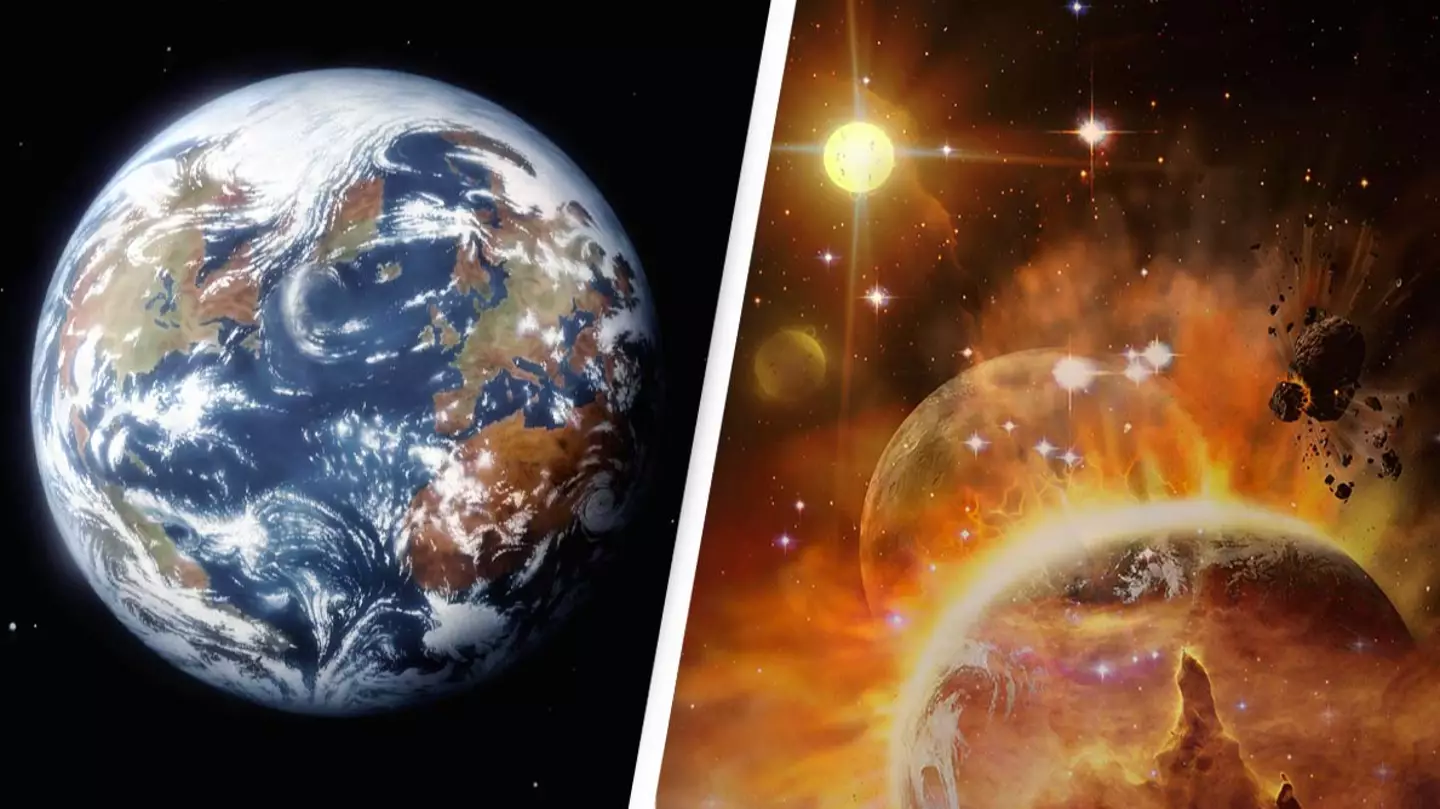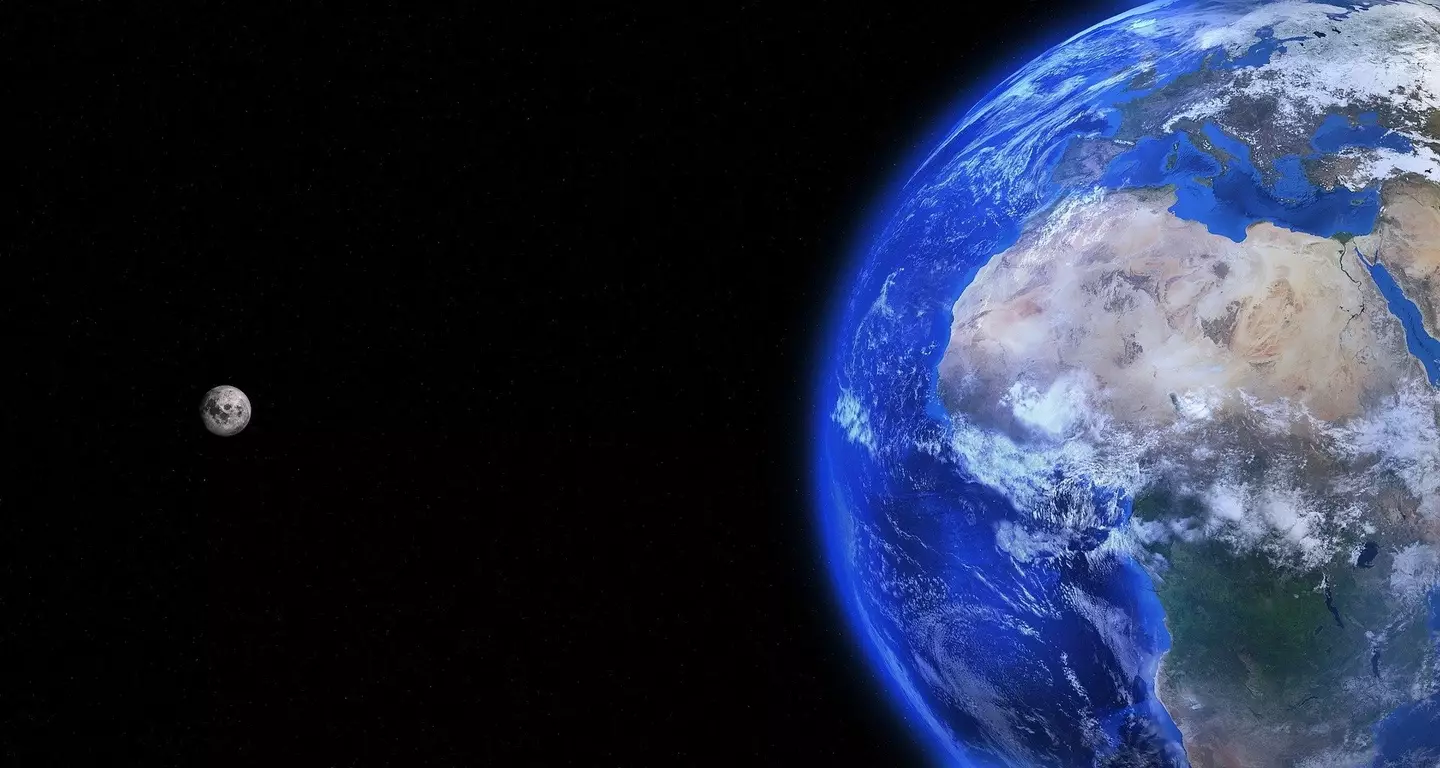
Astronomers at MIT have discovered a new multiplanet system just 33 light years away from Earth, making it one of the closest known multiplanet systems to our home planet.
The multiplanet system likely hosts two terrestrial planets that orbit a small M-dwarf star, named HD 260655.
Although the two planets appear similar to Earth, astronomers have confirmed they are likely not habitable due to temperatures that are too high to sustain liquid surface water. Scientists have estimated that the surface of the inner planet is 436 degrees celsius, while the outer planet is around 286 degree celsius.

Michelle Kunimoto, a postdoc in MIT’s Kavli Institute for Astrophysics and Space Research and one of the discovery’s lead scientists, said: "We consider that range outside the habitable zone, too hot for liquid water to exist on the surface."
Advert
However, the discovery is still a major win for astronomers who can closely examine the properties of both planets and study their atmospheres.
The inner planet, named HD 260655b, orbits the star every 2.8 days and is around 1.2 times as big as the Earth, although it is more dense. The outer planet HD 260655c, orbits the star every 5.7 days and is 1.5 times as big as the Earth but is less dense.
Kunimoto added: "Both planets in this system are each considered among the best targets for atmospheric study because of the brightness of their star. Is there a volatile-rich atmosphere around these planets? And are there signs of water or carbon-based species? These planets are fantastic test beds for those explorations."
There is a possibility that more planetary systems could be discovered as many systems have five or six planets and are commonly found around small stars.
Advert
The new planetary system was originally discovered by by NASA's Transiting Exoplanet Survey Satellite (TESS) which was an MIT-led mission that was designed to observe the nearest and brightest stars. The system was responsible for detecting periodic dips in the light from HD 260655 which was indicative of a planet passing in front of a star.
Scientists used data from HD 260655 and other stars to measure the star’s radial velocity.
Kunimoto said: "Every planet orbiting a star is going to have a little gravitational pull on its star. What we’re looking for is any slight movement of that star that could indicate a planetary-mass object is tugging on it.”

Astronomers who discovered the multi planetary system will present their findings at the meeting of the American Astronomical Society in Pasadena, California. The team consists of MIT members Katharine Hesse, George Ricker, Sara Seager, Avi Shporer, Roland Vanderspek, and Joel Villasenalong and various collaborators from institutions around the world.
Advert
Scientists have now discovered more than 5,000 exoplanets that are orbiting distant suns.
If you have a story you want to tell, send it to UNILAD via [email protected]
Topics: Space, Science, Technology

